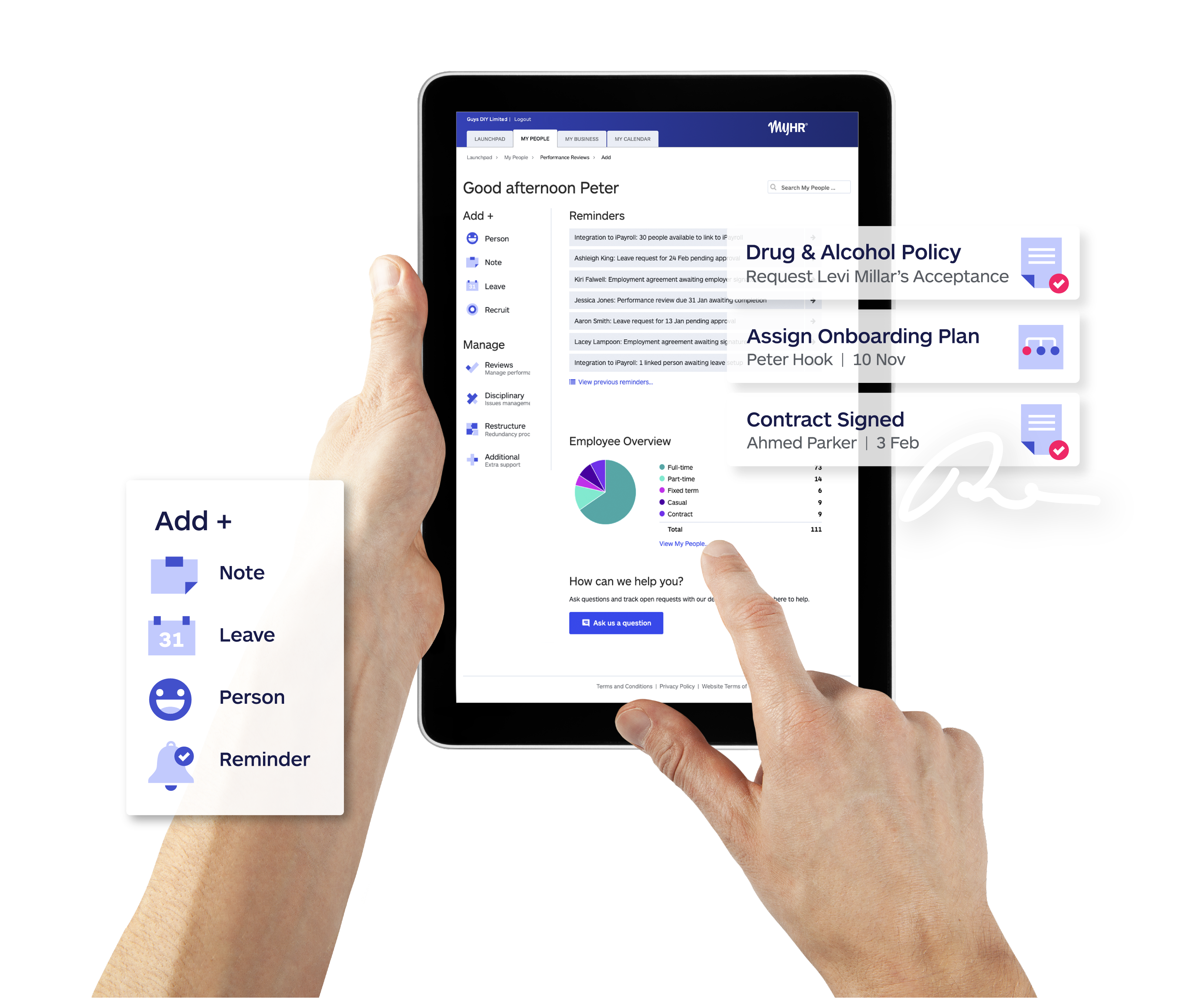Every position needs a clear job description. Although job descriptions are not legally required in Canada, it is a best practice to provide employees with a written description of their role. This ensures clarity in expectations and responsibilities, reducing ambiguity in the employment relationship.
A well-crafted job description forms part of the contractual relationship between an employer and an employee and should be included as part of the employment agreement.
This is helpful if performance issues arise, as the employer can reference the original signed agreement and job description.
In practice, once an employment contract is signed and stored, employees and managers rarely refer to the job description in day-to-day work. It should be a useful guide, not an overly rigid document.
How to write a job description
1. Keep job descriptions clear and concise
Traditionally, some employers create lengthy, highly detailed job descriptions that include every possible duty, competency, and performance metric. However, such documents can become overly complex, burdensome to maintain, and even a potential legal risk if they become outdated.
If you’re wondering what to include in a job description, we recommend keeping them short, straightforward, and flexible. A job description should ideally be 1-2 pages, summarizing key duties and expectations without being excessively rigid.
MyHR’s job description template library contains hundreds of pre-built job descriptions to align with any role you might be hiring for. Plus, our HR advisors are available to help generate job descriptions that precisely fit your needs. Learn more about MyHR’s hiring & onboarding tools.

The MyHR job description template library contains hundreds of pre-built job descriptions at your fingertips.
2. Allow for flexibility
The modern workplace is constantly evolving. Technology, customer expectations, and competitive pressures all contribute to changes in business operations and job roles.
If a job description is too rigid, it can quickly become outdated, requiring frequent revisions. While reasonable amendments to an employee’s duties may be made within the scope of their employment agreement, no one wants to rewrite job descriptions constantly.
Keeping job descriptions broad ensures they remain relevant over time and allow for adaptability as business needs change.
3. Trust your employees
Employees should be trusted to use their skills, judgment, and initiative to meet the evolving needs of the business. Similarly, managers should have the flexibility to guide their teams in a way that aligns with the organization’s goals.
Restrictive job descriptions that micromanage responsibilities may limit an employee’s ability to contribute effectively. Instead, it should outline general responsibilities while allowing employees to adjust to shifting priorities.
4. Keep KPIs separate
Key Performance Indicators (KPIs) should not be part of the job description. Instead, they should be included in a performance management framework that allows for ongoing assessment and adjustments.
Job descriptions are relatively static, whereas KPIs should be dynamic and adaptable. For instance, instead of stating that a Sales Representative must “increase sales by 20%,” the job description should simply state “grow sales.” Specific targets should be addressed in performance reviews rather than locked into a job description, which could require formal revisions if changes are needed.
A simple Sales Representative job description should include:
- Grow sales
- Achieve profitability targets
- Actively prospect and maintain a healthy sales pipeline
- Complete all required reports
- Adhere to company safety policies
- Demonstrate professionalism and teamwork
- Perform other duties as required by the employer
Workplace expectations should be outlined in company policies, employment agreements, and through strong leadership—rather than being detailed in the job description itself.
5. Minimize legal risks
Keeping job descriptions broad and up to date helps reduce the risk of legal challenges.
If an employment relationship turns sour, having an outdated or overly detailed job description can create complications. If an employee's actual job has evolved significantly from the job description on file, they may argue that any disciplinary action or termination is unfair because the company failed to align their expectations with the documented role.
By keeping job descriptions broad and aligning performance management with business needs, employers can make necessary changes with minimal risk.
Bonus tip: regularly review and update job descriptions
Even a well-crafted job description needs occasional updates. When recruiting, restructuring, or terminating employment, it’s crucial that job descriptions accurately reflect the role’s responsibilities.
If significant change is required to an employee’s role it is important to make sure you are handling this correctly to avoid constructive dismissal.
A MyHR advisor can help you navigate changes across the organization that impact which employees are responsible for which tasks.




